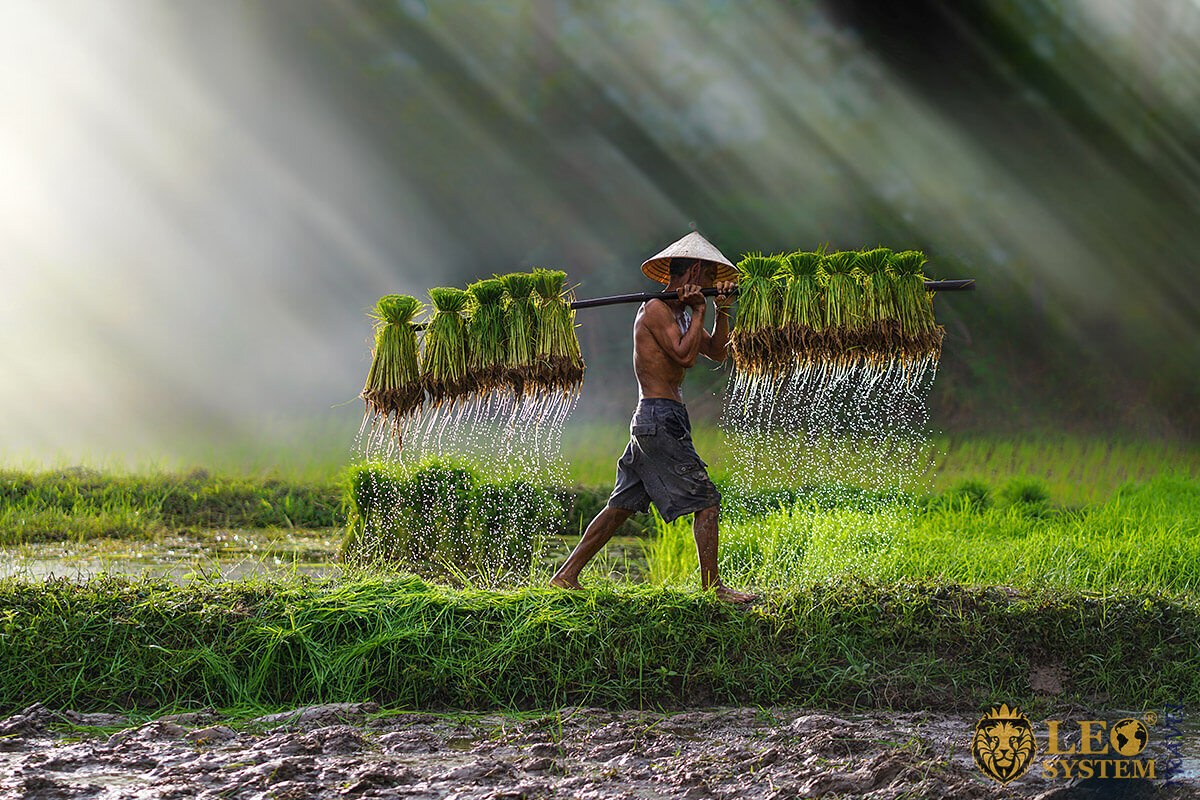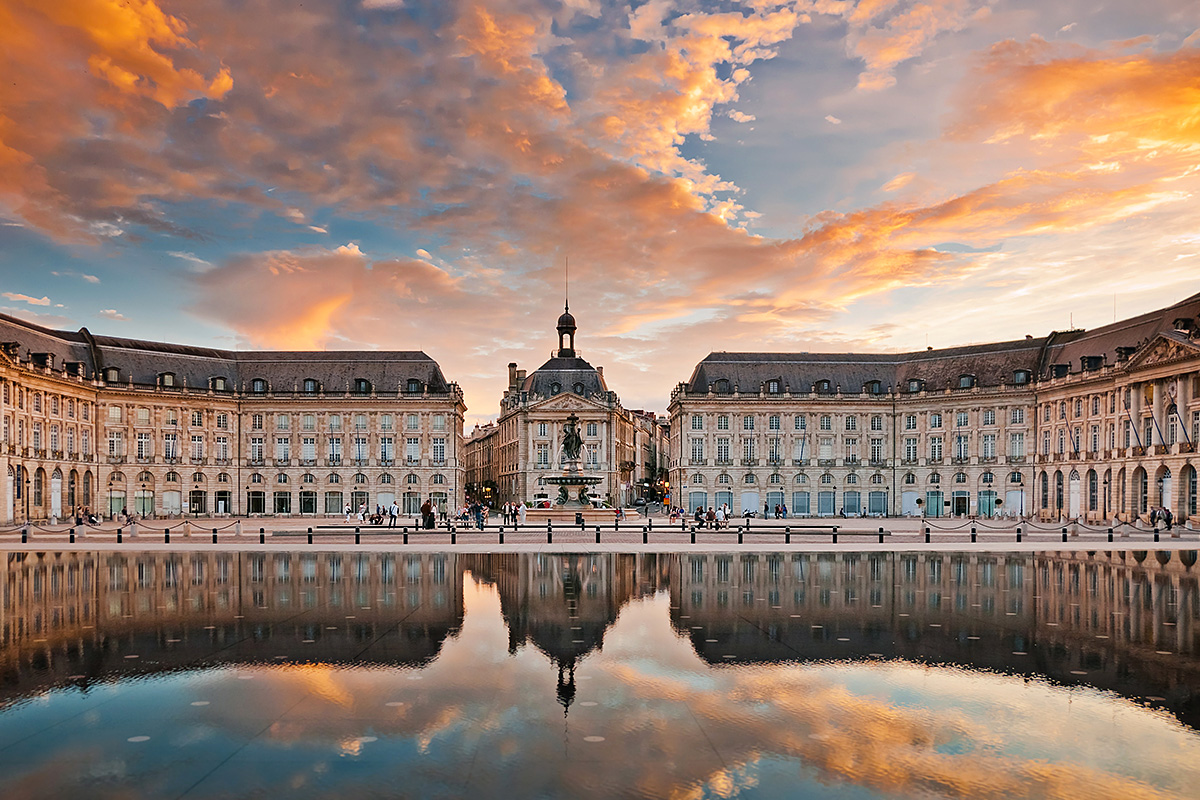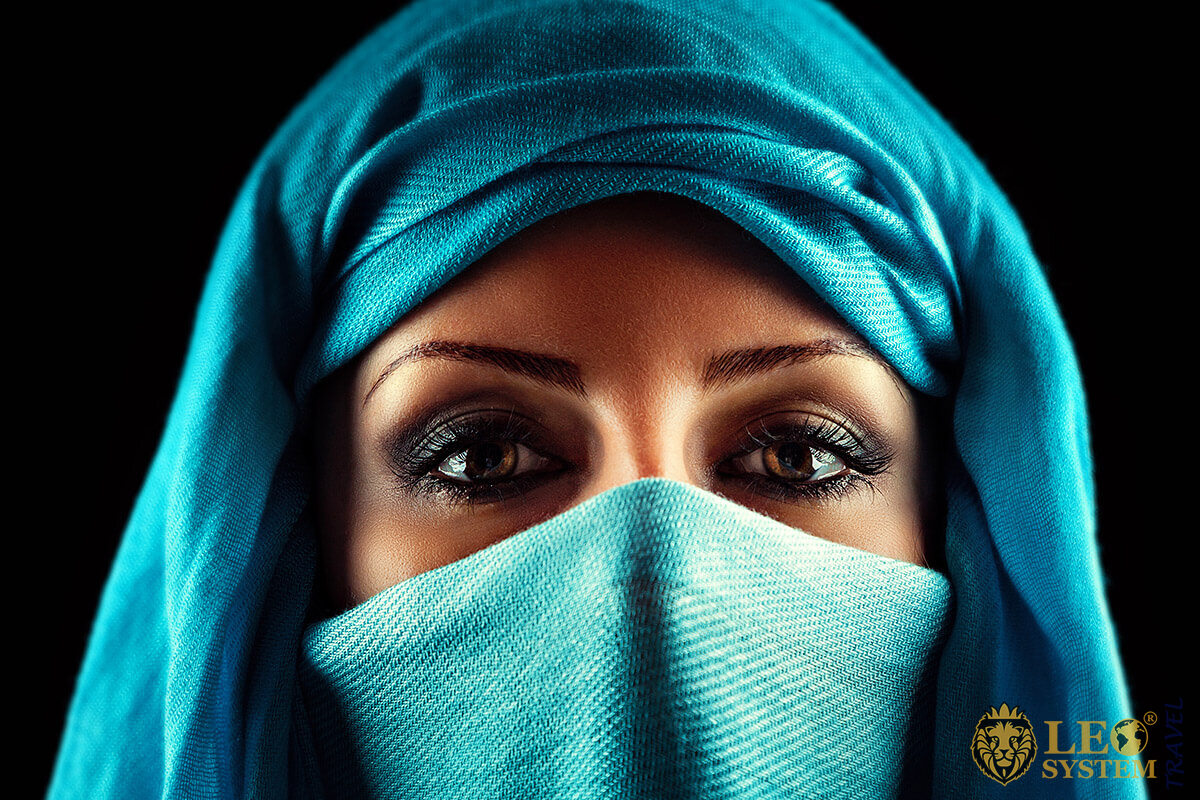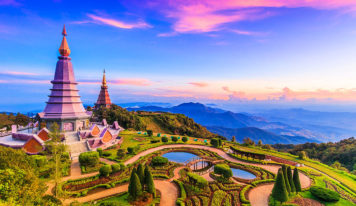When asked what is the culture of Asia, we are looking at a very broad subject. Asia has 30% of the Land area in the world. Asia has 60% of the population of the earth. It also has the highest rate of population growth.
Because of the huge size and differences within Asia, the continent is normally divided into regions. Those regions are:
Central Asia.
Kazakhstan, Uzbekistan, Tajikistan, Turkmenistan, Kyrgyzstan.
This region is the victim of continual invasions and migrations. In the past, people living in this region would classify themselves as Nomads or settled. Then along came the Soviet Union, who decided to carve up the region into “Nations”. This created a difficult situation. Each of the “nations” hosted a variety of cultures.
Because of this artificial carve-up, it is common to find isolated communities. Communities that do not share the majority culture of the country. Yet one aspect that is common to most of the population is Islam.
Should you visit a Muslim home in Central Asia; the host will treat you with the utmost honor. Even if they have very little, they will share what they have, even if it drains all their resources. You as a westerner would offer money, but that would be a grave insult, as would to decline an invitation.
East Asia.
China, Hong Kong, Macau, North Korea, South Korea, Japan, Taiwan, Mongolia.
This region is the one that most people think of when we think of Asia. This single region is around 15% larger than the whole of the European continent. It also contains 20% of the world population.
China dominates this region. It has exported many aspects of culture to its smaller neighbors. For example, both Japan and Korea have the roots of their system of writing taken from China. The region has also shared religious ideas. Buddhism arrived from India and spread throughout China, then to Japan and Korea. The Japanese incorporated parts of Buddhism in Shinto.
East Asia countries have also shared Arts. Each country developing its own variations.
Common cultural traits. East Asia countries all have a strong sense of hierarchy and respect for those in authority. The most notable factor is the respect shown for age.

South Asia.
Afghanistan, Pakistan, India, Maldives, Sri Lanka, Nepal, Bhutan, Bangladesh.
This is a diverse region. Culture is very entwined with religion. There are many religions practiced in South Asia. The most common three are Buddhism, Islam, and Hindu.
Common cultural expressions in South Asia is modest clothing and covering heads. Removing your shoes when you enter a home or important building. These are ones we know of.
But did you know that saying thank you to a friend or family member is not expected or desired? This response when they do something for you?
It makes it seem that they have done more than common expectations. Especially within a family or close friendships, saying thank you, can be a put-down.
With shopkeepers and other causal contacts, it is fine to say thank you. In doing so, you are placing a distance between you and them. Making it clear you are not friends.
Southeast Asia.
Brunei, Cambodia, Indonesia, Laos, Malaysia, Myanmar, The Philippines, Singapore, Thailand, Timor-Leste, Vietnam.
Once again religion has played a great part in forming culture. The Hindu, Islamic, and Buddhist faiths crept into Southeast Asia and had a large impact. In the Philippines, the Spanish brought the Roman Catholic religion. Leaving the Philippines as the only Catholic country in Southeast Asia.
In mainland Southeast Asia greeting someone is different. You should greet someone with the hands in a prayer position and a slight bow. This originated in India. Respect and good manners are common across the region.
Saving Face is a huge cultural issue. If you have a problem with someone, and you shout at them, this causes them to lose face. Believe me; it will not help the situation. Remaining calm and establishing a compromise so that nobody loses face is best.
Dress code – Wear conservative clothes in Southeast Asia. Most local men will wear long trousers in the city. The only people you will see in shorts are westerners. Locals will fail to understand why foreigners would dress in old and torn clothes.
As in East Asia, you will find huge respect shown to “Seniors”. Going as far as allowing them to join queues at the front in certain businesses. In some countries, they have special checkout lines in supermarkets. Generally, people respect those older than themselves.

Western Asia.
What is the culture of Asia, we have traveled from East Asia across to the west on Asia and still, we see that there may be some common threads, there is very little that could be described as a uniform culture.
Armenia, Azerbaijan, Bahrain, Georgia, Iran, Iraq, Israel, Jordan, Kuwait, Lebanon, the Gaza Strip, Oman, Qatar, Saudi Arabia, Syria, Turkey, United Arab Emirates, Yemen, Cyprus.
This is the meeting point between Asia, Africa and Europe. 13 Western Asian countries are part of the Arab World. Western Asia, differentiated from Africa by the Isthmus of Suez. It is separated from Europe by the Turkish Straits.
The population of Western Asia is over 270 million. Most of them are Islamic and share an Islamic culture.
There are four recognized cultures in the Western Asia region:
- Arab;
- Turkish;
- Iranian;
- Israeli (recent).
The region is the birthplace of four monotheistic World religions:
- Judaism;
- Islam;
- Baha’i;
- Christian.
Religion plays an important part in the culture. In fact, religion and culture have a reciprocal effect in that each affects the other. Religion has an impact on dietary laws and the days’ people work on a very superficial level.
The most influential factor in Western Asian culture has to be the family. Family is traditionally an extended family. But recent urbanization has increased the number of nuclear families.

North Asia.
Comprising of just Eastern Russia.
The population of this region is 6.3 million people, which makes it one of the least populated regions in the world. The population has dropped by 14% in the last 15 years. 75% of the population lives in urban centers.
Many people do not realize that there are many aboriginal groups that originated from Russian North-East.
They have managed to keep their cultural traditions alive even though they have had many years of pressure to assimilate.
These “tribes” were based in small communities and survived by reindeer farming and fishing. In the 1970s, the Soviets started to move populations from these villages and relocate them in urban areas.
This has to lead to high levels of substance abuse, declining health and suicides. These populations have a life expectancy of 20 years less than the general population.
There were strong folklore traditions in all these small cultural groups and leaders of these communities have been fighting hard to retain their culture.
As we can see there is a huge diversity of peoples and cultures in this massive landmass that we call Asia. There is no single Asian culture, not even regional cultures. So, when we ask what is the culture of Asia, we have to say there is no such thing. There is no common culture.
Also read the article: What Should You Not Miss in Bogota Colombia? Travel Tips.




























